Many fish owners find their fish help lower stress, with seventy-four percent saying so. The betta fish stands out as a favorite with its bright colors and captivating presence in its tank. Becoming their caretaker means embracing a commitment to caring for betta fish well. This includes creating a serene space that mirrors their native waters.
Creating a comforting environment for bettas is key to my care routine. With a little dedication, their tank can truly be their happy place. This approach makes betta fish care more manageable for everyone, offering the chance to see these fish thrive.
If you’re new to bettas or considering one, the journey is exciting yet educational. You’ll learn about ideal homes and specialized diets for your betta. Together, we’ll explore the path to keeping a betta healthy and happy.
Table of Contents
Key Takeaways
- Understanding the betta’s origins is key to replicating the right conditions for them in captivity.
- Aquarium size matters; a 5-gallon tank or larger can significantly enhance betta well-being.
- Stable water conditions and proper nutrition are pillars of excellent betta fish care.
- Vibrant bettas are usually happy bettas—activity and coloration are indicators of their health.
- Regular maintenance and careful observation are necessary to keep bettas thriving.
Understanding Betta Fish: Origin and Physiology
Betta fish come from the lush, tropical parts of Southeast Asia. They are known for their bright colors and flowing fins. These fish, often called Siamese fighting fish, live in warm, freshwater areas.
One thing that makes betta fish unique is their labyrinth organ. This lets them breathe air at the water’s surface. It’s a special trait that helps them survive in different water types.
There are over 70 betta fish types in the world. They come in various patterns and colors, attracting fish keepers everywhere. Understanding betta fish habitat requirements is key to keeping them happy and healthy. This is especially true if you have an aquarium at home.
- Must replicate their natural tropical habitat by maintaining warm water temperatures and adequate shelter.
- Regularly check water quality to ensure it is free from contaminants and has appropriate oxygen levels.
- Provide a diet that mimics their natural predatory habits, consisting mainly of proteins.
To care for betta fish well, we need to create a space that feels like their natural home. This means giving them conditions that are similar to where they come from. By doing this, we help them thrive, showing their best features.
Betta Fish Care Essentials
Starting to care for a betta fish means knowing what they need. To keep a betta happy, you should set up their tank properly. This includes adding the right decorations and making sure they have a good living space.
Choosing the Right Aquarium
A good betta fish tank size is at least 5 gallons. This gives your betta space to swim and dive. Small tanks can harm their health and life span, so choose the right size.
Essential Supplies for Your Betta
It’s essential to get the right supplies for your betta’s home. Here’s what you need:
- A high-quality filter to keep the water clean
- A heater and thermometer to maintain optimal water conditions
- Water conditioner to treat tap water
- Water quality test strips for regular monitoring
- Betta fish food that caters to their dietary needs
- An LED light, especially vital if you include live plants
With these items, your betta tank setup will support a healthy life for your fish.
Creating a Nurturing Environment
Try to recreate your betta’s natural living conditions. Use things like smooth rocks and plants. But make sure there are no sharp decorations or toxic substances.
Adding plants not only looks nice but also balances the water. Here are some plants best for bettas:
- Anubias
- Java Fern
- Moss Balls
These plants create hiding spots and shade, which your betta will love.
Good betta fish water conditions mean more than just the right tank settings. You also need to check and care for the water. Here’s a table that shows the key water parameters to watch:
| Parameter | Optimal Range |
|---|---|
| Temperature | 76-81°F |
| pH Level | 6.5-7.5 |
| Hardness (GH) | 3-4 dGH |
| Nitrate |
Keeping these water qualities right, along with good tank setup, and the proper gear and food, will make your betta healthy. A good environment is key to your betta’s happiness and well-being.
Setting Up Your Betta Tank
Starting with my first betta fish, I learned how crucial a proper betta fish tank setup is. It’s not just for looks. It’s key for your betta’s health and joy. For beginners, a betta fish aquarium setup includes a necessary step called cycling. This step is important for making the tank a safe place. Today, I’ll guide you through creating a great home for your new fish friend.
The cycling process I follow aims to grow helpful bacteria in the tank. These bacteria change harmful waste from the fish into something less dangerous. This step is essential to make your tank safe for your betta.
Here are the steps we need to take for cycling:
- Gather Your Supplies: Pick up a water conditioner, a solid filter, and kits to test for ammonia, nitrites, and nitrates.
- Set Up the Tank: Get the filter and heater running. Make sure the water is between 76-81°F (24-27°C).
- Condition the Water: Use a water conditioner on the tap water to take out chlorine and chloramines.
- Start the Cycling Process: Put an ammonia source in the tank for the bacteria to eat. You can use cleaning ammonia or fish food.
- Monitor and Adjust: Test the water often for ammonia, nitrites, and nitrates. We want to see ammonia and nitrites go down while nitrates go up. This shows the good bacteria are working in your filter.
Be patient with this process. It usually takes 2 to 6 weeks. Don’t rush it; incomplete cycling can harm your betta.
| Week | Ammonia Level | Nitrite Level | Nitrate Level | Actions |
|---|---|---|---|---|
| 1-2 | High | Low | Very Low | Monitor, adjust ammonia source as needed |
| 3-4 | Decreasing | Rising | Increasing | Keep testing; you’ll start to see changes |
| 5-6 | Low/None | Decreasing to None | High | Get ready to add your betta |
After cycling is done, it’s time to bring your betta to the tank. Do it slowly, so your betta gets used to its new home. This is key to keep your betta happy and healthy. It’s not just about looks. It’s about making a safe, natural-like home for your betta.
Optimizing Betta Fish Water Parameters
Proper water parameters are key for your betta fish to thrive. It’s important to understand and control water conditions, temperature, and chemistry. Tackling these basics makes your betta feel at home in its tank.
Temperature Requirements for Betta Fish
Keeping the betta fish water temperature just right is vital. They thrive in a warm tank, around 75-80 degrees Fahrenheit. Use a good heater to keep it stable. You’ll need about 1 watt of power for every liter of water.
Water Quality and pH Levels
Testing things like pH, nitrites, nitrates, and GH regularly is essential. Aim for a pH around 7.0, but 6.5 to 7.5 is okay. If your tap water doesn’t match, you can use products to fix it. This upkeep is a must for your betta’s health.
Understanding the Nitrogen Cycle
Understanding the nitrogen cycle is crucial for your betta fish water conditions. It helps keep the water safe. Good bacteria make the water ammonia-safe. Use special products to speed this up, especially in new tanks.
A good betta fish care schedule involves checking and fixing the water often. Feeding them right is also crucial. This mix of theory and hands-on care ensures your bettas live in a healthy place.
| Parameter | Optimal Range | Description |
|---|---|---|
| Temperature | 75-80°F | Ensures comfort and health. |
| pH Level | 6.5-7.5 | Neutral range suitable for bettas. |
| Ammonia | 0 ppm | Must be non-detectable to prevent toxicity. |
| Nitrite | 0 ppm | Should be reduced to non-toxic levels through efficient cycling. |
| Nitrate | Lower levels indicate a well-maintained tank. |
Feeding Your Betta: Nutrition and Diet
Being a betta fish owner has shown me the importance of a good diet. It’s key for my fish’s health and their bright colors. I’ve spent years finding the best food, like high-protein options. This keeps my betta healthy. I’ll share what I’ve learned with you, so your betta thrives too.
Specially-formulated betta pellets are a good base. They have all the nutrients bettas need. But, it’s also nice to mix in some treats like bloodworms. This keeps them happy and healthy. Remember, too many treats can be bad.
- The main part of a betta’s diet should be protein-rich food.
- Switch between dry and fresh foods to keep the diet balanced.
- Know what bettas need to stay healthy and colorful.
| Food Type | Benefits | Feeding Frequency |
|---|---|---|
| Pellets | Meets all their needs, simple to use | 2-4 pellets a day |
| Flakes | Makes foraging natural, good variety | Don’t use daily, keep it light |
| Frozen Bloodworms | Plenty of protein, bettas love them | Share once per week |
| Brine Shrimp | Brightens colors, like their natural food | Use sometimes with pellets |
Feeding your betta can feel like making art. It’s about mixing different foods just right. Watch how your betta likes each food. Then, you can make a diet that makes them not just live but live well.
Betta Fish Behavior and Social Needs
It’s key to know about betta fish’s unique behavior and how they interact. They show off lively colors and behaviors that are fun to watch. And, by understanding their needs, you can make their home a happy place.
Recognizing Betta Fish Moods
Changes in behavior can tell us a lot about a betta fish. An active and colorful betta is usually a healthy one. When you bond with your betta, they might greet you excitedly.
But, slow movements or pale colors could mean they’re unwell or stressed. It’s important to act fast in such cases, to keep your fish healthy.
Compatibility with Tank Mates
Betta fish like their own space and can get aggressive if they feel crowded. So, it’s smart to pick tank mates they won’t see as a threat. Fish like cory catfish or some types of tetras can be good friends for your betta.
The key is to choose tank members carefully to keep everyone happy and safe. This creates a balanced and peaceful community tank.
To sum up, paying close attention to betta fish’s behavior and choosing the right friends for them is crucial for a flourishing tank. Your efforts in these areas will reflect in how happy and healthy your betta fish are.
Preventing and Treating Betta Fish Diseases
It’s very important to take good care of your betta fish. This means knowing how to stop and cure betta fish diseases. Watch your fish closely for any strange behavior or changes in how they look. If you notice things like swimming oddly, getting duller in color, or not eating much, you should act fast.
To keep your betta fish healthy, you need to do more than fix problems when they show up. It’s better to prevent sickness. This includes making sure the water is top-quality and feeding them well. Here is a list of common illnesses in betta fish, what to look for, how to stop them, and what to do if your fish gets sick.
| Disease | Symptoms | Prevention | Treatment |
|---|---|---|---|
| Fin Rot | Tattered or discolored fins | Regular water changes, monitoring for aggressive tank mates | Water condition improvement, antibiotics if severe |
| Ich (White Spot Disease) | White spots on body and fins, scratching against objects | Maintain warm water temperatures, quarantine new fish | Raise water temperature, add salt treatment or use copper-based medications |
| Swim Bladder Disease | Difficulty swimming, floating upside down | Avoid overfeeding, provide a varied diet | Fasting for 24-48 hours, followed by offering a pea (deskinned) |
Seeing a vet who knows a lot about fish can really help. They can diagnose and help you treat betta fish diseases better. Listening to what they say will be great for your betta’s health.
Betta Fish Tank Maintenance Routines
To keep a betta fish healthy, a structured betta fish care schedule is important. It includes regular cleaning and water changes. I will tell you how I keep my betta’s home clean. This makes sure they stay healthy and look beautiful.
Cleaning Your Tank
Regular betta fish tank maintenance includes cleaning. Every month, I clean my tank’s filters and replace some parts. It’s important not to harm the good bacteria in the tank. They help keep the water clean. I also clean decorations and remove any algae. This makes the tank a nice place for the fish to live.
Water Changes and Tank Cycling
Changing the water often is key to a healthy tank. I swap out 25% to 50% of the water each week. I use water that’s the same temperature as the tank. Setting up the tank’s nitrogen cycle is also important. It lets beneficial bacteria grow. They help keep the water safe for the fish. Doing these steps keeps my fish’s home clean and safe.
By sticking to these betta fish care schedules, your fish will do well. Following a routine helps prevent health problems. It also makes your betta fish look their best.
Decorating Your Betta’s Habitat
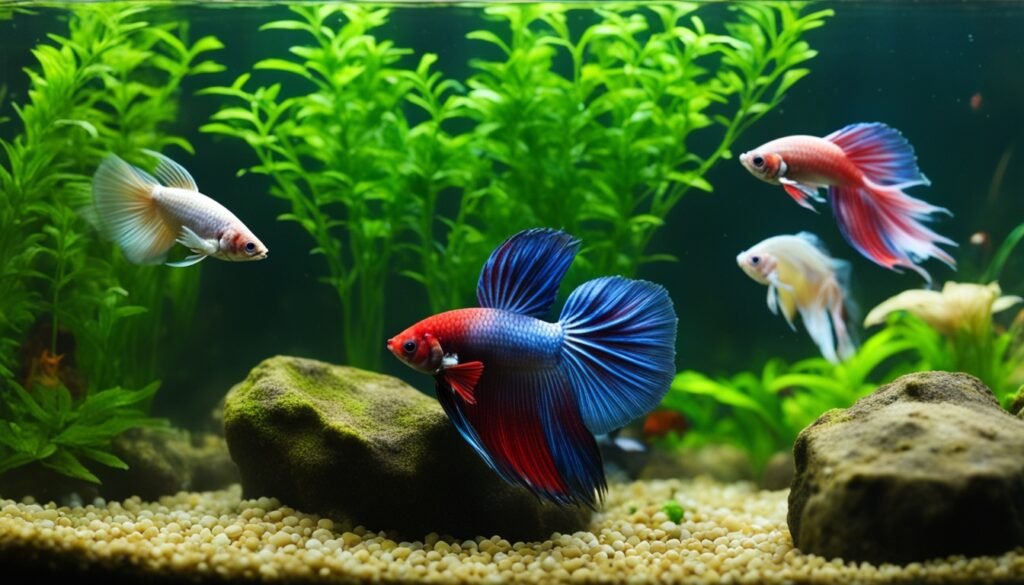
When I set up a betta fish tank setup, I want it to feel like a slice of nature. Such a space should mimic what bettas are used to. It should both look good and keep my betta happy and healthy.
I make the tank beautiful and safe by choosing the right stuff. This means picking things that not only are nice but also make sense for the fish.
- Smooth Stones and Caves: I use smooth stones and caves that are gentle on my betta. They make the tank interesting and give my betta a place to feel safe.
- Driftwood: Driftwood is not just a cool centerpiece. It’s good for the tank’s health too. It helps good bacteria clean the water.
- Plants: Plants are a must for me. They give oxygen, clean the tank, and let my betta play hide and seek. My favorite plants are Anubias and Java Fern because they are strong and safe for bettas.
The right betta fish accessories do a lot. They keep my betta safe and make the water clean. Everything in the tank is there for a reason, to work well together.
Betta Fish Tank Mates: Dos and Don’ts
Adding betta fish to a community tank can be great if you do it right. Knowing about betta fish’s social needs and behavior is key. It affects how they get along with other fish. We’ll go over which tank mates work well and which ones to avoid.
Compatible Species for Community Tanks
It’s crucial to pick the right friends for your betta. Good tank mates fit the calm, more private nature of bettas. They should also be peaceful and not bother the betta’s space. The best ones are peaceful, don’t pick fights, and swim in different parts of the tank.
| Species | Behavior | Compatibility with Betta |
|---|---|---|
| Harlequin Rasboras | Peaceful, schooling fish | High |
| Kuhli Loaches | Bottom dwellers, shy | High |
| Neon Tetras | Peaceful, small, and fast-moving | Moderate to High |
| Snails | Non-intrusive, algae eaters | High |
Species to Avoid in Betta Aquariums
Some fish just won’t get along with bettas. These include aggressive ones or those that pick at fins. Some might not like the same water conditions as your betta. Here are some to stay away from.
- Tiger Barbs: Known for their fin-nipping habits.
- Gouramis: Similar appearance and can be territorial like bettas.
- Male Bettas: Highly territorial and may engage in severe fights.
- Goldfish: Require colder water and have different waste profiles.
Getting the right tank mates for your betta means understanding betta behavior. It also means setting up the tank the right way. With careful choices, you can make a beautiful, harmonious aquarium. This is good for all the fish living in it.
Betta Fish Breeding Tips and Considerations
Breeding betta fish is rewarding but can be difficult. To breed them successfully, you need to manage some key factors. Here are a few tips to help you get started the right way.
Start by ensuring the water is just right. Betta fish need specific water temperatures and pH levels to breed well. Keep the water between 78 and 80 degrees Fahrenheit. The pH level should be steady at 6.5 to 7.5.
Preparation of the breeding environment is key too. A separate tank for breeding is a good idea. It should have a divider. This lets the male and female bettas see each other without fighting initially.
- It’s vital to know how betta fish act when they breed. Males can get very protective of their space and may hurt the female. So, it’s important to keep an eye on them.
- Once they’ve spawned, take the female out of the tank. The male looks after the eggs until they hatch, which takes around a day or two.
After the baby fish, or fry, are born, they need special care. Feed them quality foods and keep their water clean. Things like infusoria, baby brine shrimp, or special fry foods are great for them.
These tips can help you succeed in breeding betta fish. Just remember, being patient and looking after the details is key.
Betta Fish Plants: Creating a Natural Ecosystem
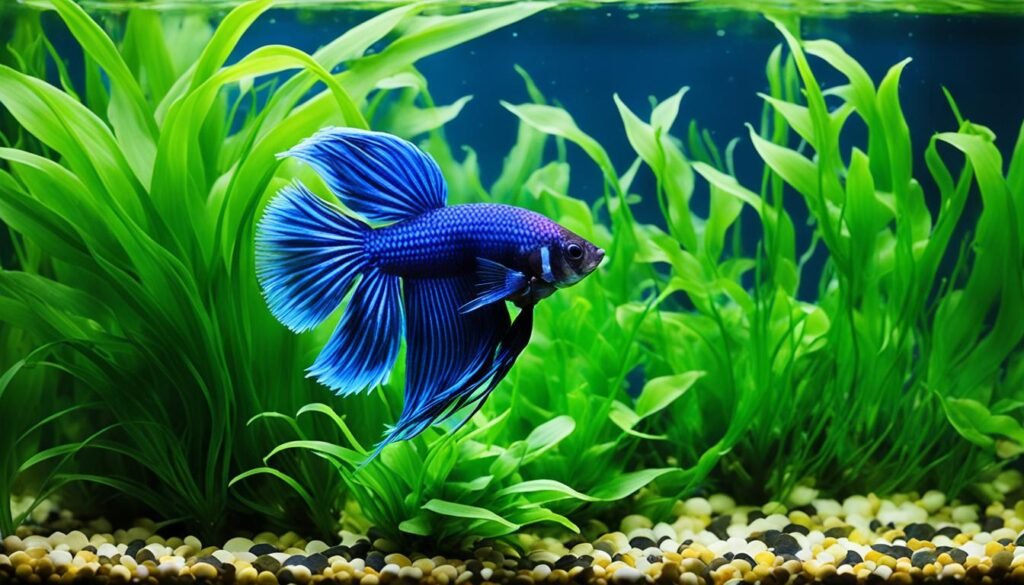
Adding live plants to your betta’s tank makes the water cleaner and looks better. It recreates a natural home, keeping your betta healthy. These plants do more than just look nice; they help make a good environment for your fish.
Selecting the Best Plants for Bettas
Choosing safe and helpful plants for your betta is key. You can’t go wrong with Java Fern, Anubias, and Banana plants. They thrive in low-light and have sturdy leaves, perfect for your betta to enjoy. Duckweed and Amazon Frogbit are great floaters. They make shaded spots that help bettas feel safe and calm.
Benefits of Live Plants in the Aquarium
Live plants keep the tank more lively. They clean the water by using nitrates and add oxygen. This keeps the tank healthy. Plus, they help stop algae, keeping the water clear. They also make the tank look beautiful, making your space more enjoyable.
These plants also make bettas feel at home. They like to explore and hide in a planted tank. This reduces the stress they might feel.
| Plant Type | Benefits | Recommended for Betta |
|---|---|---|
| Java Fern | Low light requirement, hardy | Yes |
| Anubias | Hardy, does not need substrate | Yes |
| Banana Plant | Interesting root structure, provides cover | Yes |
| Duckweed | Surface cover, reduces light | Yes |
| Amazon Frogbit | Creates shadowed areas, absorbs nitrates | Yes |
Adding plants to your betta’s tank makes it special and helps your fish stay healthy and happy. Take a look at different plants and pick ones that fit your tank and your betta. It’s good for both your aquarium and your fish.
Choosing Betta Fish Accessories and Equipment
Creating a great home for your betta fish is more than just water in a tank. It’s important to pick the right items for them. This includes things for the water temperature, quality of water, and the lighting.
Heaters and Thermometers
To keep your betta fish healthy, the right water temperature is key. An aquarium heater for bettas is a must. Make sure it has a thermostat to keep the water between 75-80 degrees Fahrenheit. You should also use a thermometer to keep an eye on the temperature and avoid sudden drops or rises.
Various Types of Filters
Bettas need clean water to stay well, making the choice of filter very important. Sponge filters or those with adjustable flow rates are best. They create a soft water current and keep your betta stress-free. Filters that let you change the media, like the Fluval C2, keep the water cleaner.
Aquarium Lighting Options
Proper lighting is needed to make your tank look good but also for your betta’s health. It helps with their natural cycle and supports any plants in the tank. Betta fish need 7 to 12 hours of light each day to mimic their natural habitat. Consistent lighting is important for their overall well-being.
| Accessory | Function | Recommended Product |
|---|---|---|
| Heater | Maintains optimal water temperature | Fluval E200 Heater with Dual Temperature Sensors |
| Thermometer | Monitors water temperature | JW Pet Company Smarttemp Thermometer |
| Filter | Ensures clean, safe water for bettas | Fluval C2 Power Filter |
| Lighting | Regulates light cycles, supports plant life | Aqua Illumination Prime Freshwater LED |
Conclusion
In our detailed guide, you’ve learned all the essentials for a happy betta fish. We talked about the best tank setups and how filters improve their lives. We also shared the secret to their bright, beautiful colors – a good diet.
For a betta to be truly happy, careful attention to their needs is crucial. This means making their living space as natural as possible, looking after their health, and giving them the right food.
By sticking to a good tank schedule and watching out for their health, our bettas can lead amazing lives. A well-taken-care-of betta is both a joy to look at and a symbol of our strong care as pet owners.
By following the advice in this guide, we hope you’re ready to care for your betta. Remembering these main points will guide you to success in betta care. And the happiness you’ll see in your betta is a direct result of the care and love you give them.
FAQ
What is the minimum tank size for a betta fish?
Can I keep my betta in a bowl?
How often should I feed my betta fish?
Do betta fish require a filter in their tank?
How often should I change the water in my betta tank?
How do I know if my betta fish is happy?
Can I put other fish with my betta?
What water temperature do betta fish prefer?
What are common diseases in betta fish?
How can I treat betta fish diseases?
What plants are suitable for a betta fish tank?
What lighting conditions do betta fish need?
How do you cycle a betta tank?
How can I make my betta fish’s tank more like its natural habitat?
Are live plants necessary in a betta tank?
References
Aquarium and Tropical Fish Association (ATA)
National Aquarium Society (NAS)
Ornamental Aquatic Trade Association (OATA)
The International Wild Bettabreeders AssociationThe International Betta Congress
I am a passionate aquarist with over 30 years of hands-on experience in fishkeeping. My journey began at a young age, collecting fish from the wild and learning through experimentation. Specializing in tropical fish, I bring a deep understanding of the hobby to FishKeepingMadeSimple. The site provides honest, detailed reviews of essential products and accessories to help fellow enthusiasts create the best environments for their fish.

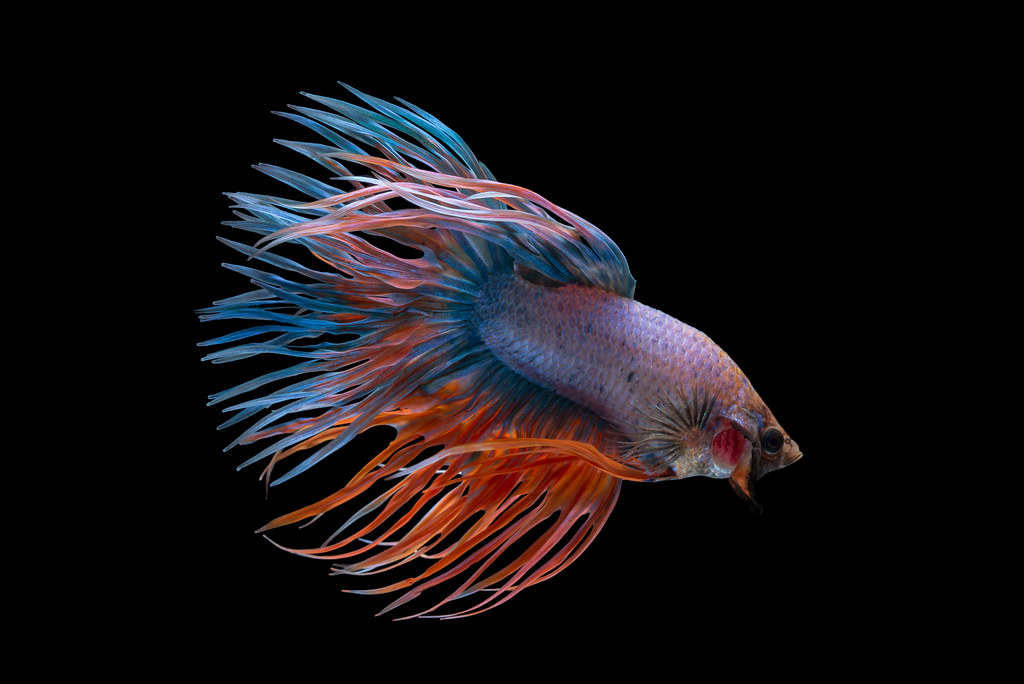

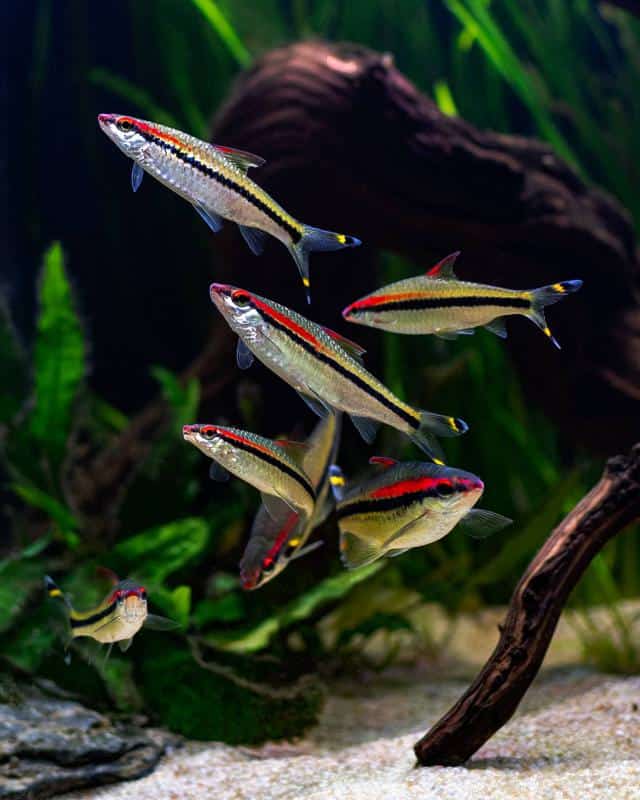

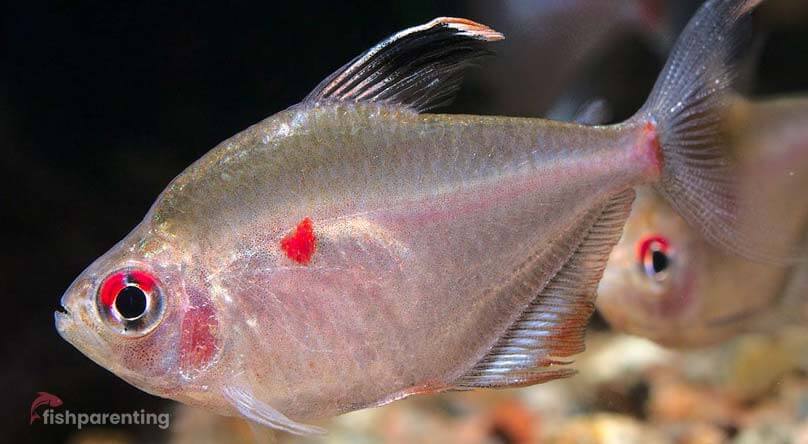
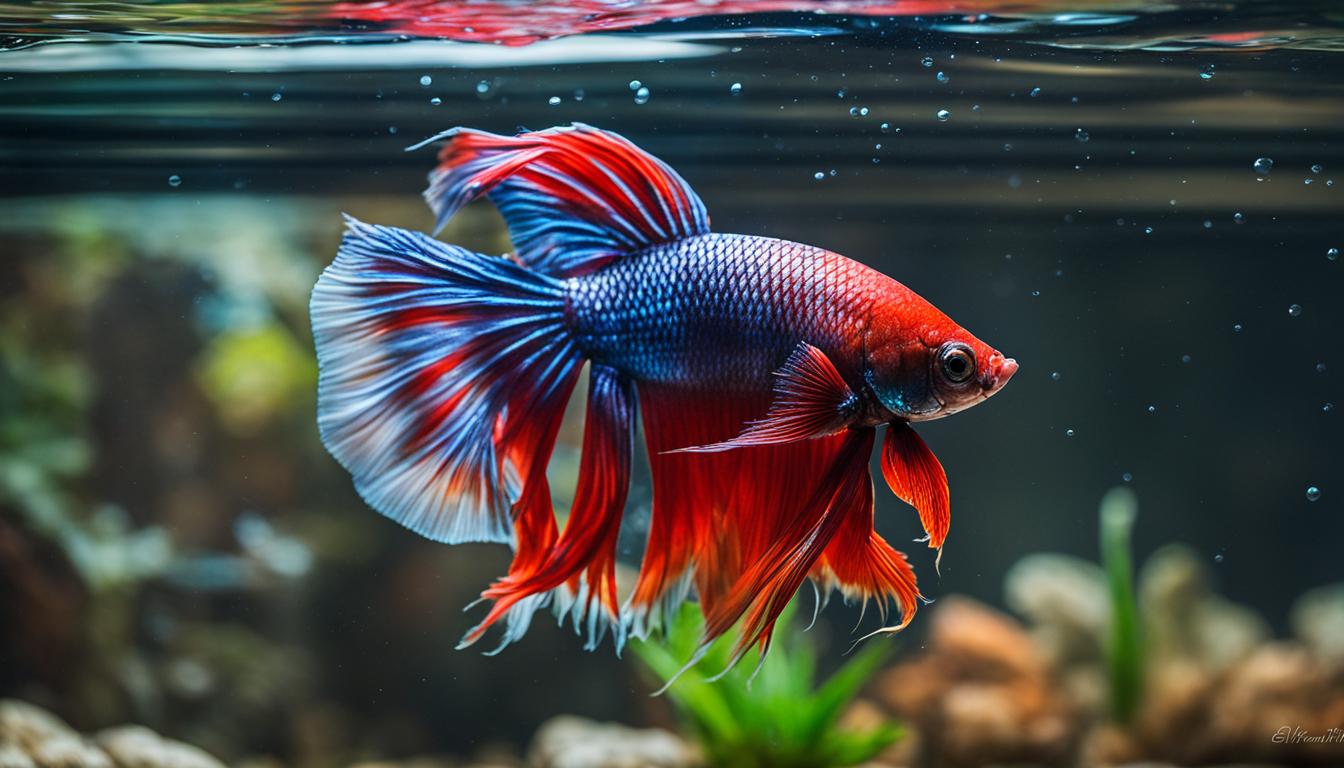
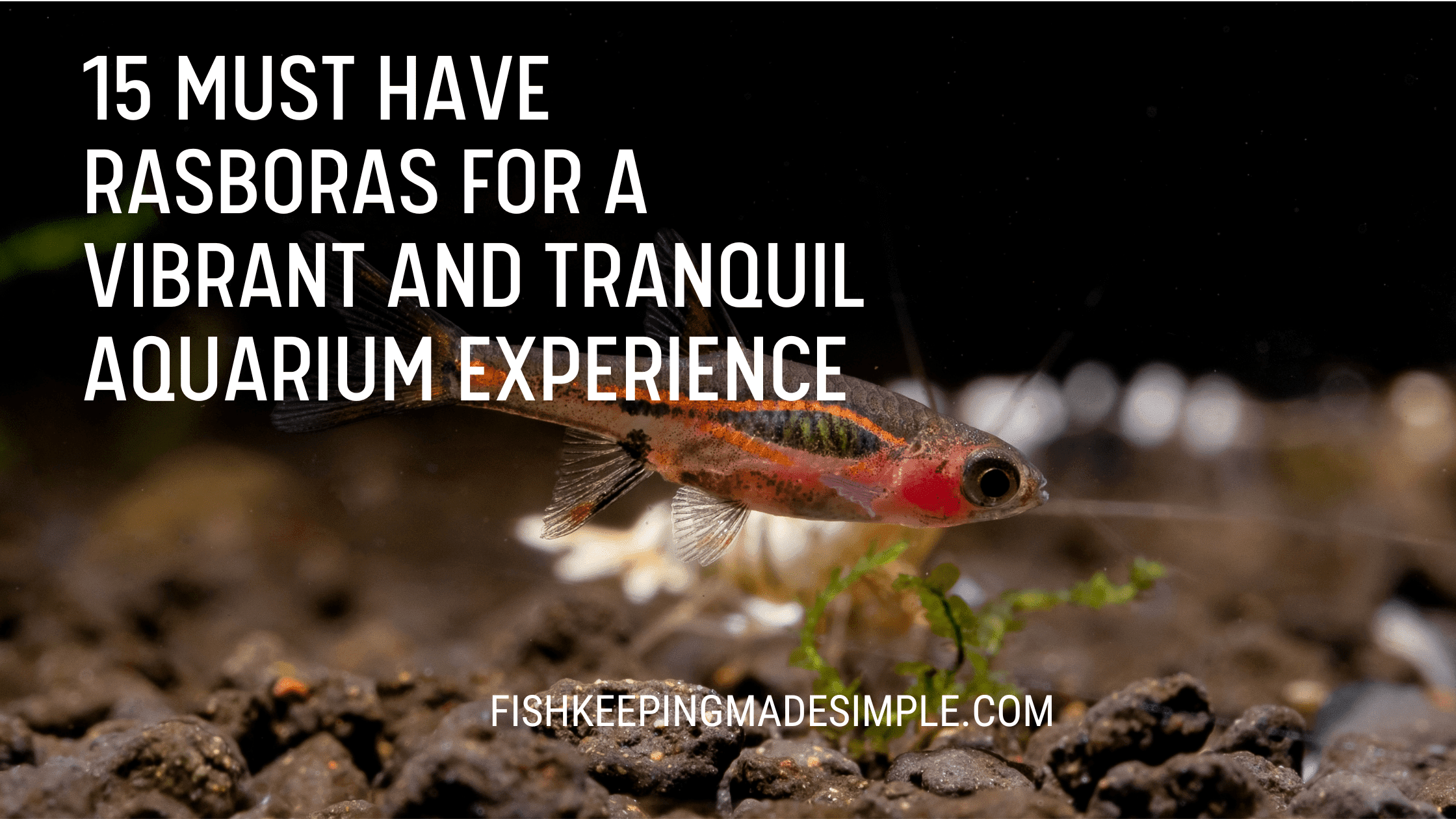
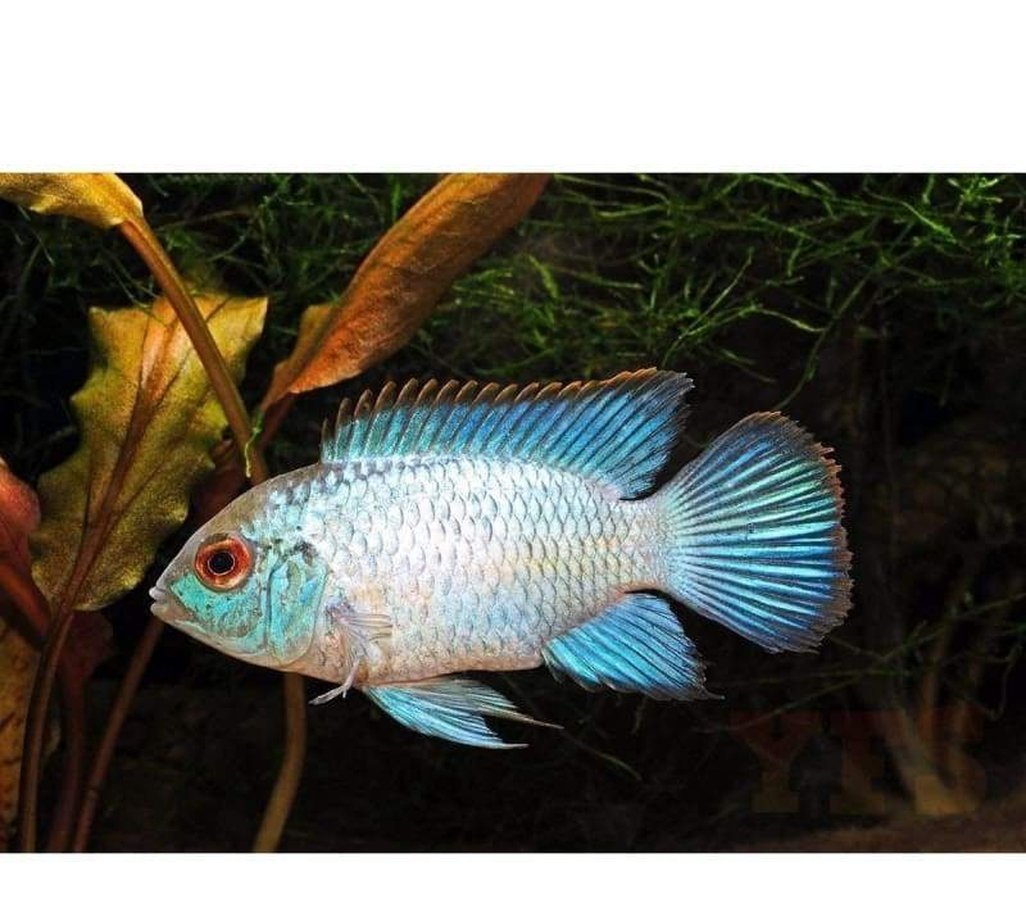
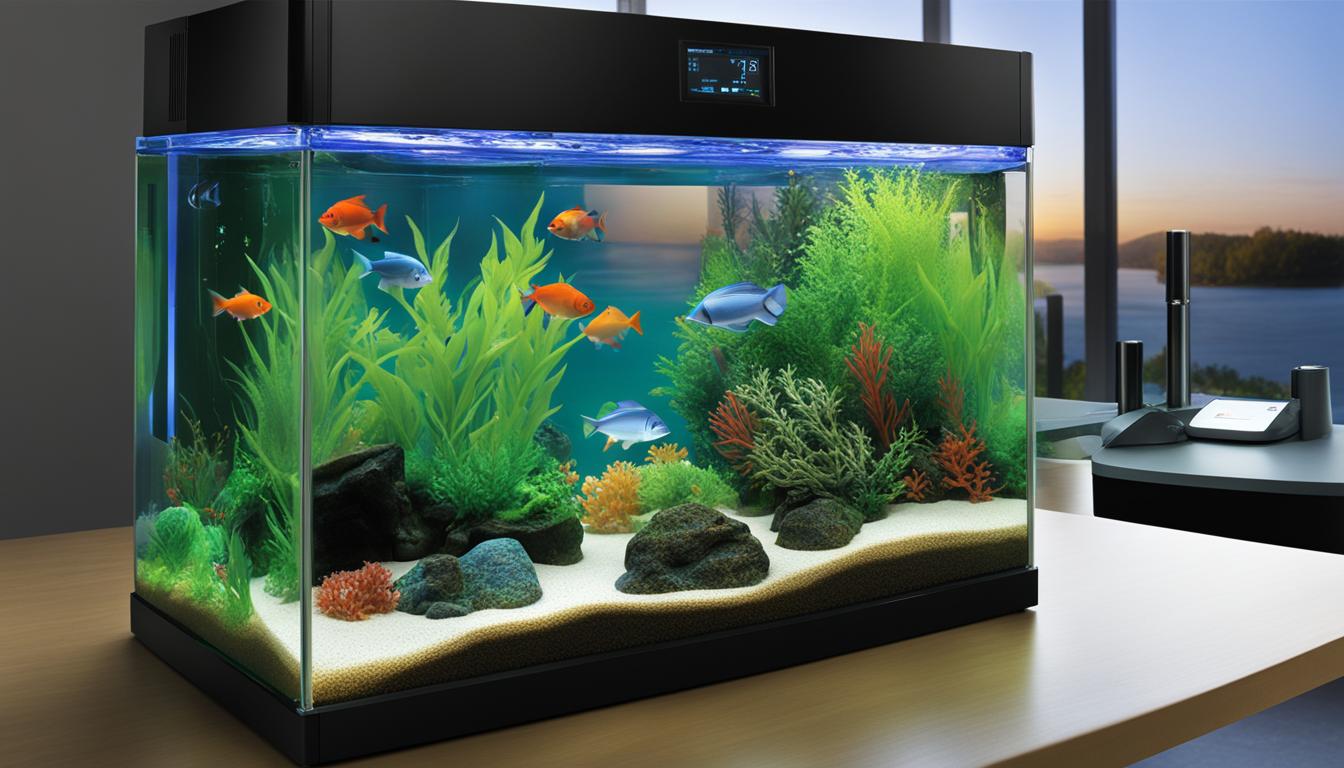
[…] and good fortune. This makes them highly coveted among dedicated aquarists. However, Arowana fish care is not for beginners. With large tank requirements, specific water parameters, and a carnivorous […]
[…] lifespan of a male Butterfly Betta fish can vary but typically ranges from 2 to 4 years with proper […]
[…] By understanding the behavior of your dojo loach, you can create an environment that caters to their needs, ensuring a happy and healthy fish. […]